Transfarmation is an organization helping former factory farmers move from debt-laden, environmentally damaging practices toward a sustainable future. Transfarmation is a finalist for the 2024 Food Planet Prize.
ANSON County, North Carolina, USA –
There is a sweetness to Tom Lim’s caress while he cradles his pet rooster, Cuti.
It’s another irregular winter season in North Carolina, but a cold front just rolled in the night before. Cuti is shivering. Lim finds a sunbeam outside his garden chicken coop and carries the rooster into the warm light, petting the glistening feathers until he becomes still and comfortable.
A water pump burst on the Anson County property after last night’s freeze and Lim has been busy patching up holes all morning. Lim grows a variety of mushrooms in a converted truck trailer that uses that pump to create a climate- and moisture-controlled indoor garden. Just two months into growing shiitake and different types of oyster mushrooms, Lim is slowly learning the ins and outs of a business that he hopes will flourish into a booming economic model.
The mushroom trailer sits beside Lim’s chicken coop, where Cuti and a handful of chickens roam around a large fenced-in area flanked by garden beds and a lotus pond. Lim and his wife, Sokchea Kol Lim, who are originally from Cambodia, grow a variety of herbs and vegetables that keep their homeland close: luffa, sweet corn, jujube, lemongrass and shiso, to name a few. Sturdy and tall persimmon trees dot the edge of the property lining the perimeters of the family home.
The truck-turned-mushroom farm is a collaboration with Transfarmation, an offshoot program of Mercy for Animals, an international nonprofit dedicated to a food system that is kind to animals, humans, and the planet.
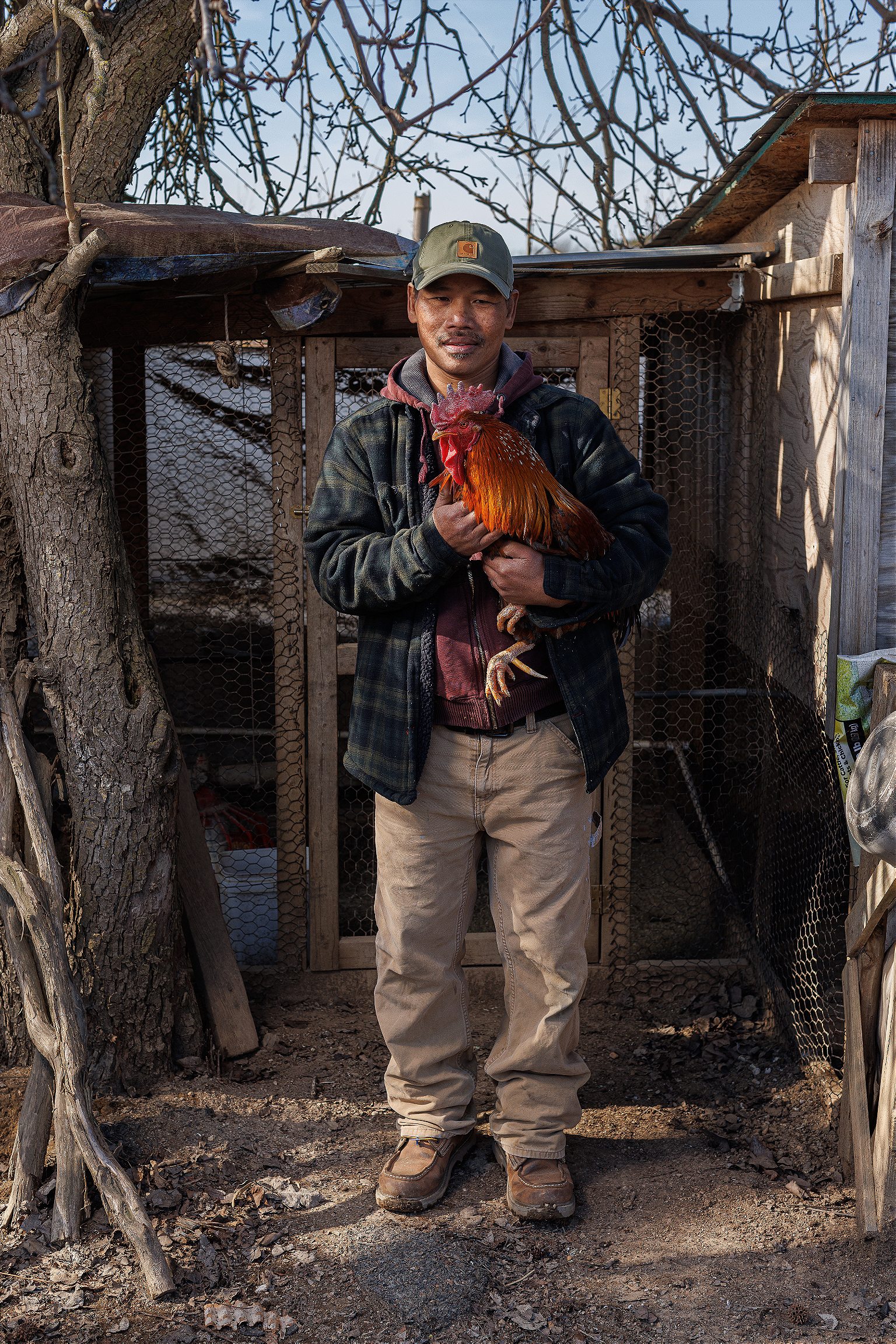
Transfarmation works with former factory farmers specifically to transition them into more just and sustainable agriculture businesses. And it collaborates with farmers around the country to experiment and fine-tune ideas. In Lim’s case, he is paid a monthly stipend to collect data from his mushroom operation in addition to having all the equipment, construction and resources provided free of charge.
Since its founding by Leah Garces in 2019, Transfarmation has supported 12 farms. Currently, nine farms have transitioned from industrial animal operations to plant-focus endeavors. Funded by private donations and foundations, Transfarmation works with farmers in Indiana, Iowa, North Carolina, and Texas.
“I came up with the idea of Transfarmation after learning through my collaboration with farmer advocate Craig Watts that many farmers wanted a way out but had no economic options. Around the country, fed-up farmers were starting to ask, ‘What else? What else can we do with this land, these structures, our lives?’’ says Garces.
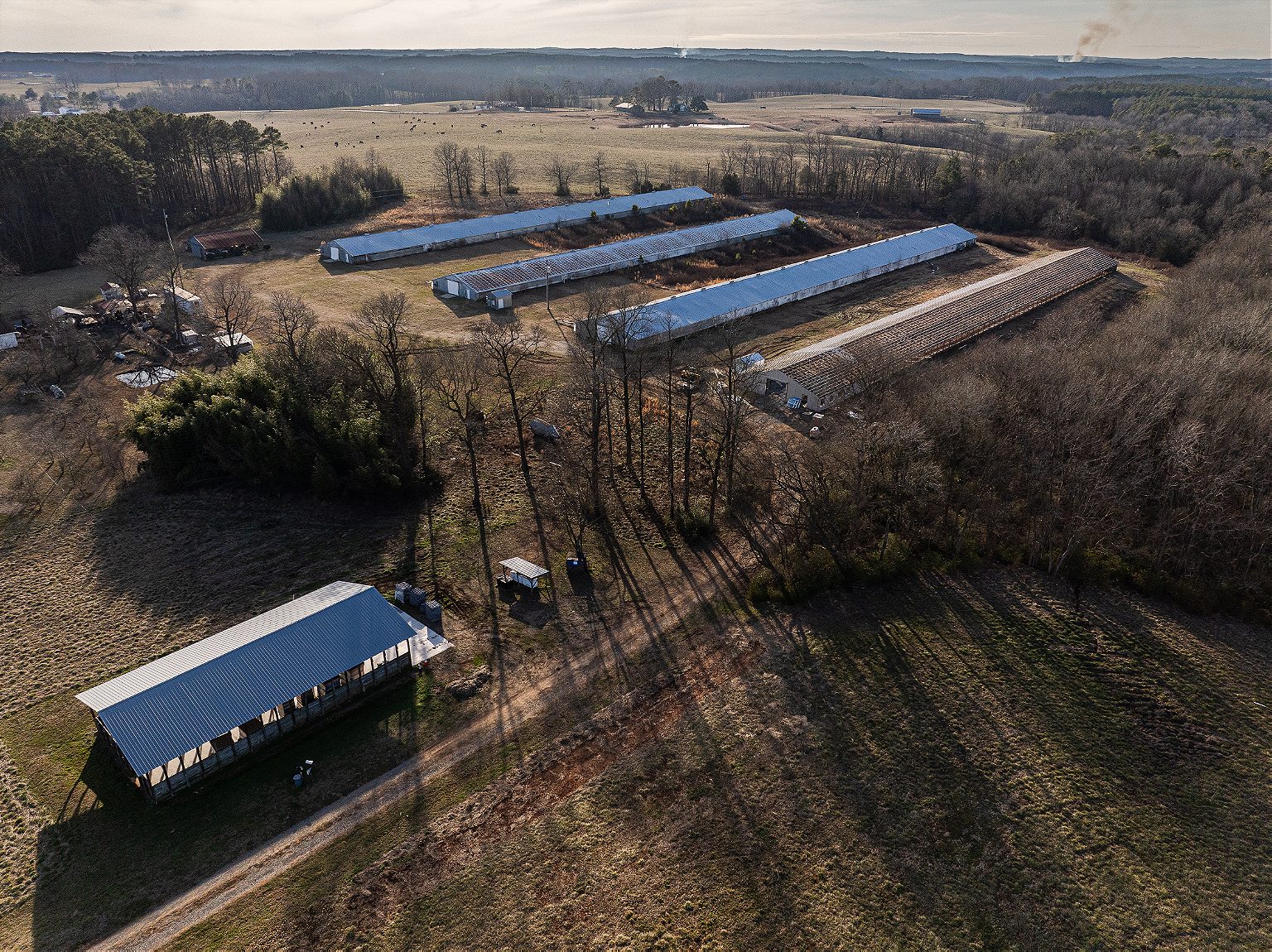
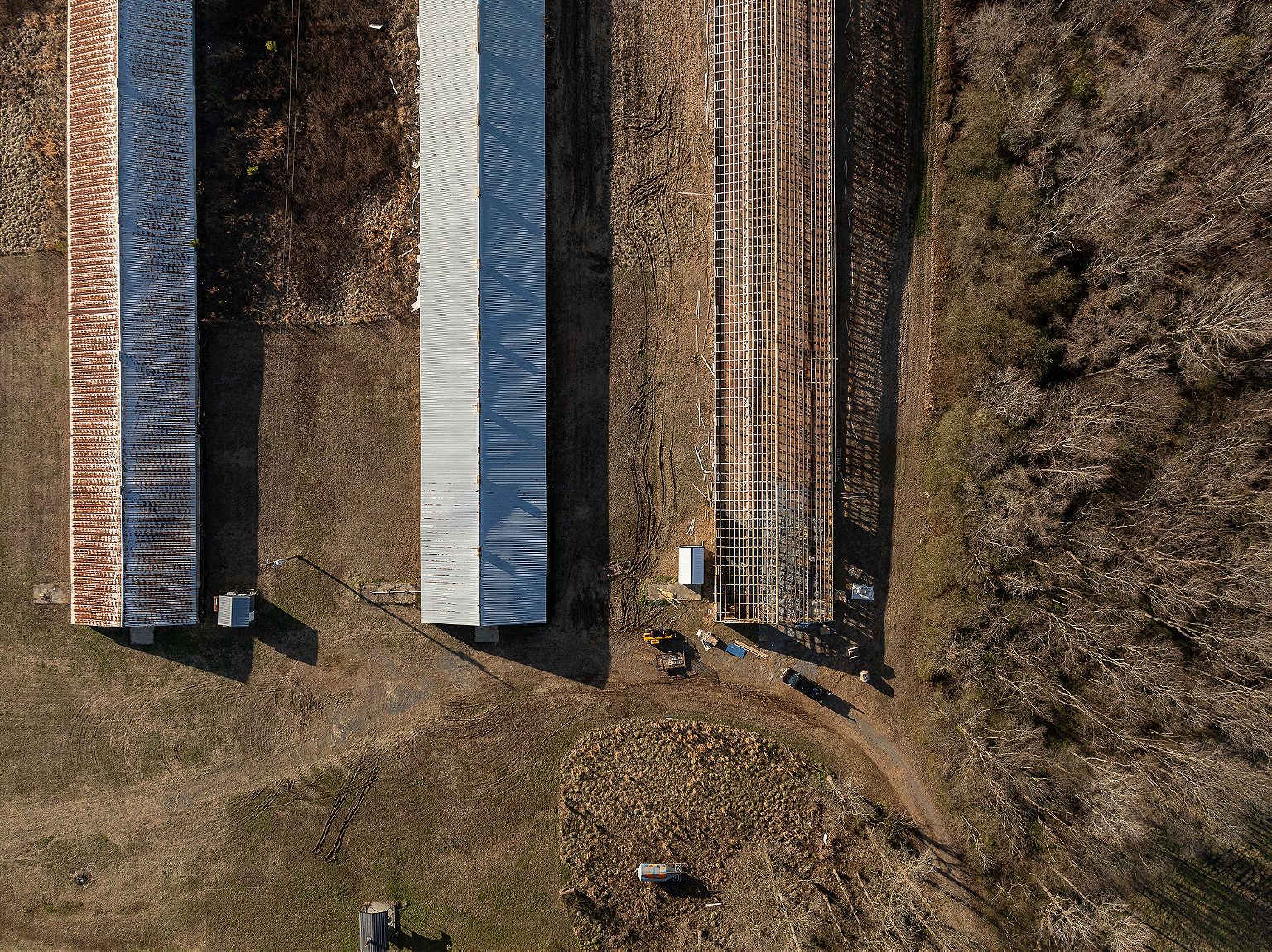
Watts, also in North Carolina, works with Transfarmation and other organizations as an advocate for contract growers. He has become a spokesperson for sustainable agriculture from the perspective of a former factory farmer who transitioned into mushroom farming.
“The quickest immediate change would be government policy,” Watts says. “The worst thing that ever happened was so much consolidation in agriculture. It gives farmers fewer choices to contract, who to sell to… and they become vulnerable. It’s almost like it’s that or nothing. You cannot prepare yourself for signing that contract.”
“It was an essential part of what Mercy for Animals had always believed,” adds Garces, “that anyone can be part of this movement to end factory farming. As a movement we had overlooked an ally [in factory farmers], and now we were embracing a powerful new partner.”

The systems developed at Lim’s farm are meant to be replicable and scalable. Transfarmation posts reports and tutorials online— publicly and for free—as resources for farmers anywhere.
In Iowa, Transfarmation supported the Faaborg family, who converted an industrial hog farm to also grow mushrooms and make tinctures as a value-added product. But it’s not always about food. In Texas, for example, Halley Farm transitioned into a donkey refuge.
The beginning of the pandemic thwarted Transfarmation from kicking off as planned. But by 2021, Garces hired Tyler Whitley to join as the program’s director. Whitley had previously helped run a financial crisis hotline for farmers for four years at the Rural Advancement Foundation International (RAFI) based in North Carolina. Before that, he worked with small farmers in Haiti and Cambodia to help connect them to markets directly and bypass middleman buyers.
Whitley says he applied for the role at Transfarmation because he was inspired to find solutions to the major hurdle that he witnessed working both stateside and globally: the corporatized farming model works against the farmers, just as it was designed.
“At Transfarmation we work to create alternative uses so that farmers don’t have to factory farm anymore, whereas most other people work to make factory farming a better system,” he explains. “But [factory farming] is working exactly how it’s supposed to. It’s not meant to be a compassionate system. It’s not meant to be a caring system.”
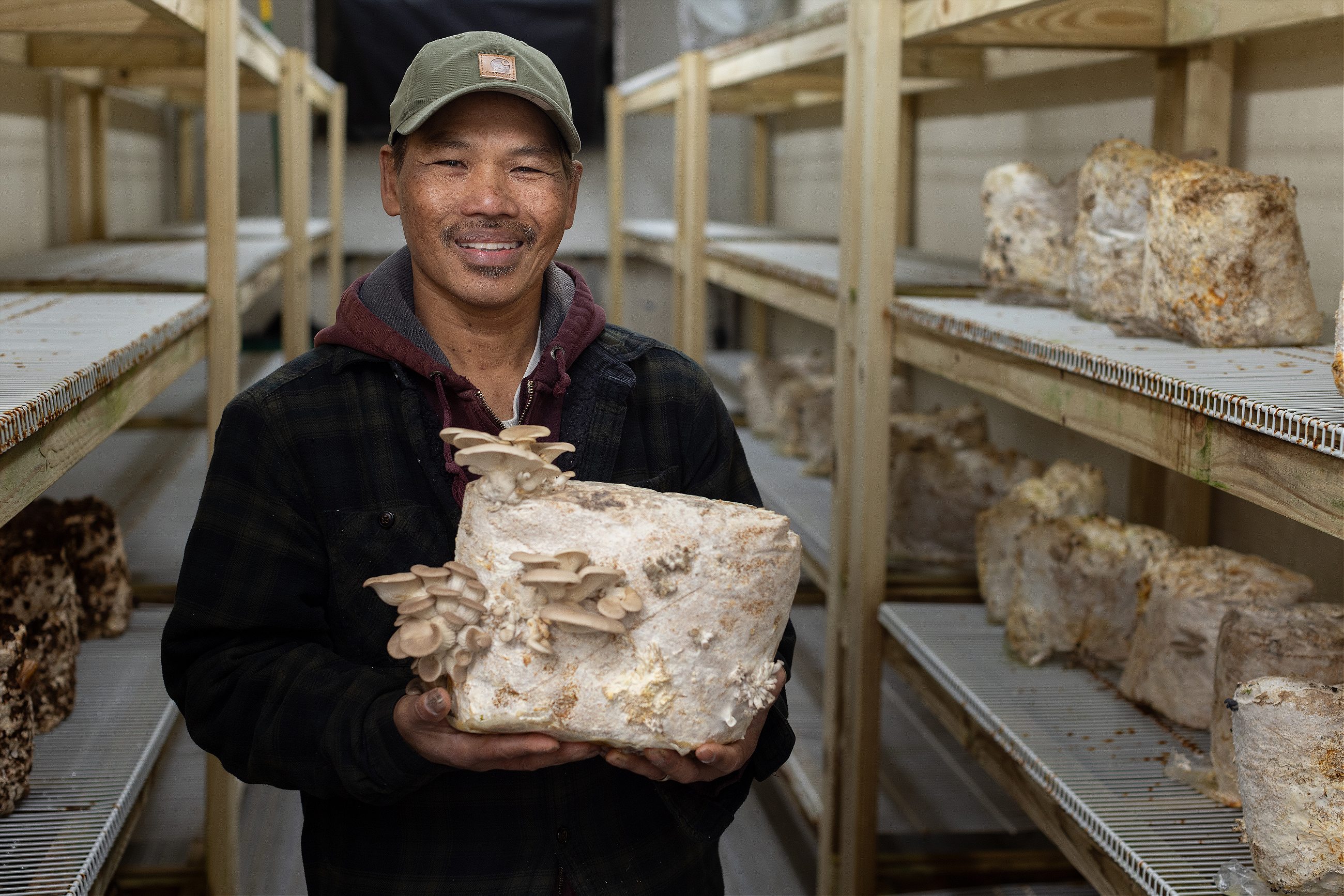
Transfarmation also aims to reduce the harmful environmental impact of industrial animal agriculture through its plant-based models. Whitley says this area of study has not been fully explored; his team is currently collaborating with Plant Futures Lab at the University of California, Berkeley to figure out more.
“Much less research is done on specialty crops than industrial animal agriculture or commodity crops, such as corn or soybeans,” he says. “We plan to change that. Policymakers should understand the implications of all forms of agriculture as we battle climate change.”
Take, for example, atmospheric carbon dioxide, a greenhouse gas. According to the NOAA Global Monitoring Lab, in 2021 carbon dioxide alone was responsible for about two-thirds of the total heating influence of all human-produced greenhouse gasses. A soon-to-be-released joint study by Transfarmation and Plant Futures Lab at UC Berkeley compared strawberry production with broiler chicken production. It found that strawberry production generates 0.69 pounds of CO2 per pound of fruit, to chicken’s 5.4 pounds of CO2 per pound of carcass weight. According to the study, converting one four-house industrial chicken farm to a strawberry farm would result in 14 million fewer pounds of CO2 emissions per year – or the equivalent of taking 1,300 cars off the roads.
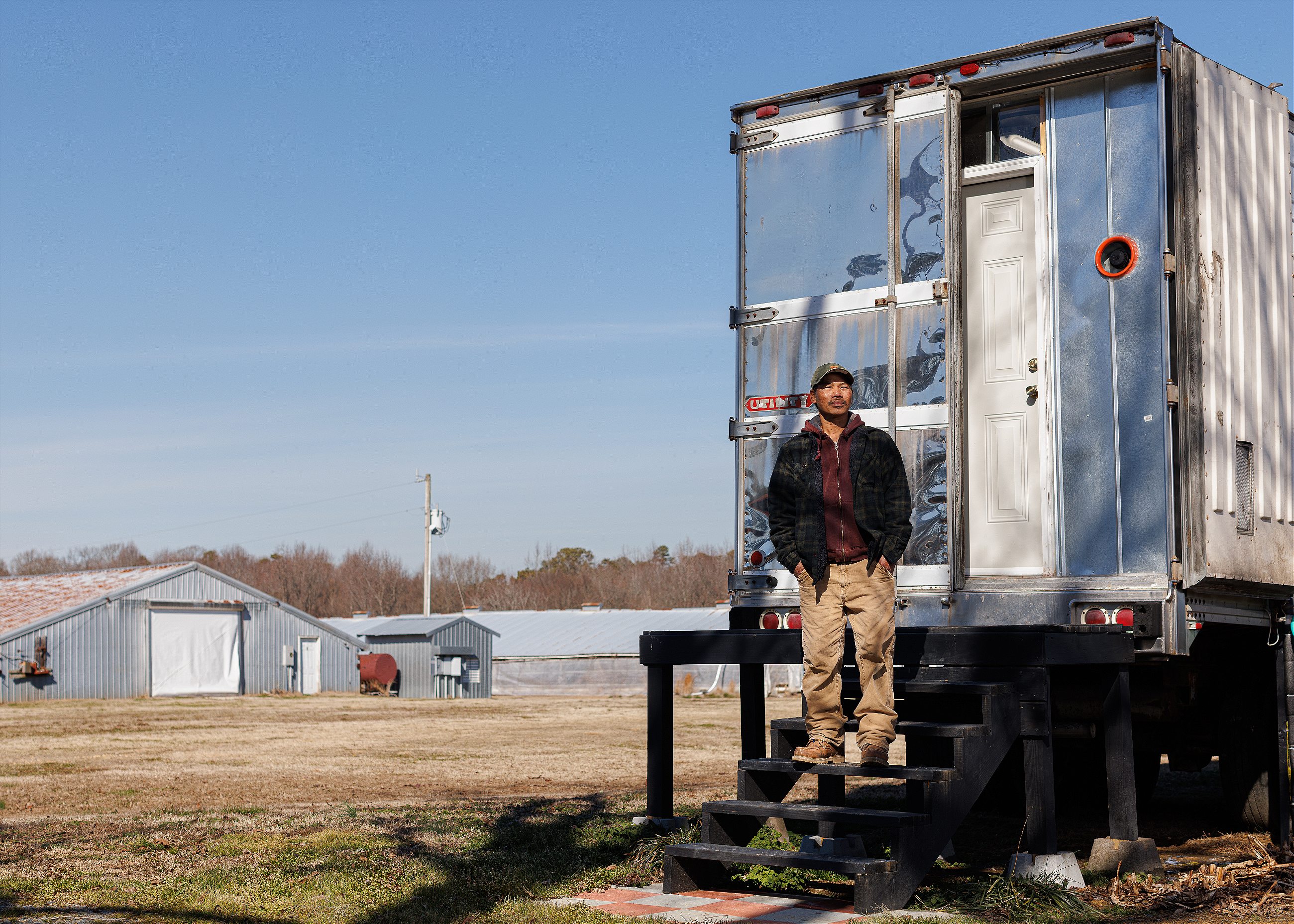
Farm life wasn’t always so idyllic for the Lim family and their chickens. He previously operated an industrial chicken farm, where hundreds of thousands of animals were packed into four Concentrated Animal Feeding Operations, or CAFOs, that took up the majority of the property.
Lim’s 20-year tenure as a contract poultry farmer began shortly after he arrived in North Carolina via California. He and his siblings invested in land in 1999 to start the chicken farm. The company he worked for that entire time abruptly ended his contract in 2019. And Lim’s life took a deep hit.
“Every time I got up in the morning and looked at the [chicken] houses, I felt like I had nothing left,” recalls Lim. “Because they cut me off. And all I got left is bills.”
Year after year, he sunk thousands of dollars into maintaining the houses up to the company’s high-output standards. This capricious dynamic led to Lim ending up in $120,000 in debt by the time his contract ended in 2019.
“Every time they come check on us, it [felt] like they’re ready to let us go,” he says about the poultry company. “The last time that they came to my farm, they said I have to upgrade many things before they keep me. So I borrowed more money from the banks and it kept adding up. They just care about performance and profit.”
This is a story common to rural America. When growers sign contracts with big poultry companies, they become beholden to company whims.

Whitley met Lim during his time at RAFI. The farmer called the crisis hotline immediately after losing his contract, searching for ways to get out of the industry.
“[Factory farming] is meant to be a profitable system for large corporations,” Whitley says. “It’s designed to produce animal food products at the lowest possible price to shift costs to the farmers, to the local communities, to our environment, to taxpayers and to sacrifice animal welfare in the process.”
North Carolina is a particularly tenuous place for industrial poultry farmers. Agriculture is the state’s most lucrative industry and, within that industry, poultry sits at the top of the list.
“Big Chicken” refers to the emergence of these Concentrated Animal Feeding Operations and the environmental impact of this industrial-scale production. An investigative report in North Carolina’s News & Observer found, among other problems, that poultry was one of the least regulated types of agriculture, and that the farmers were often not personally benefiting from the corporate poultry profits.
According to Pew research in 2013, 71 percent of U.S.-based growers whose sole income came from chicken farming lived below the poverty line.
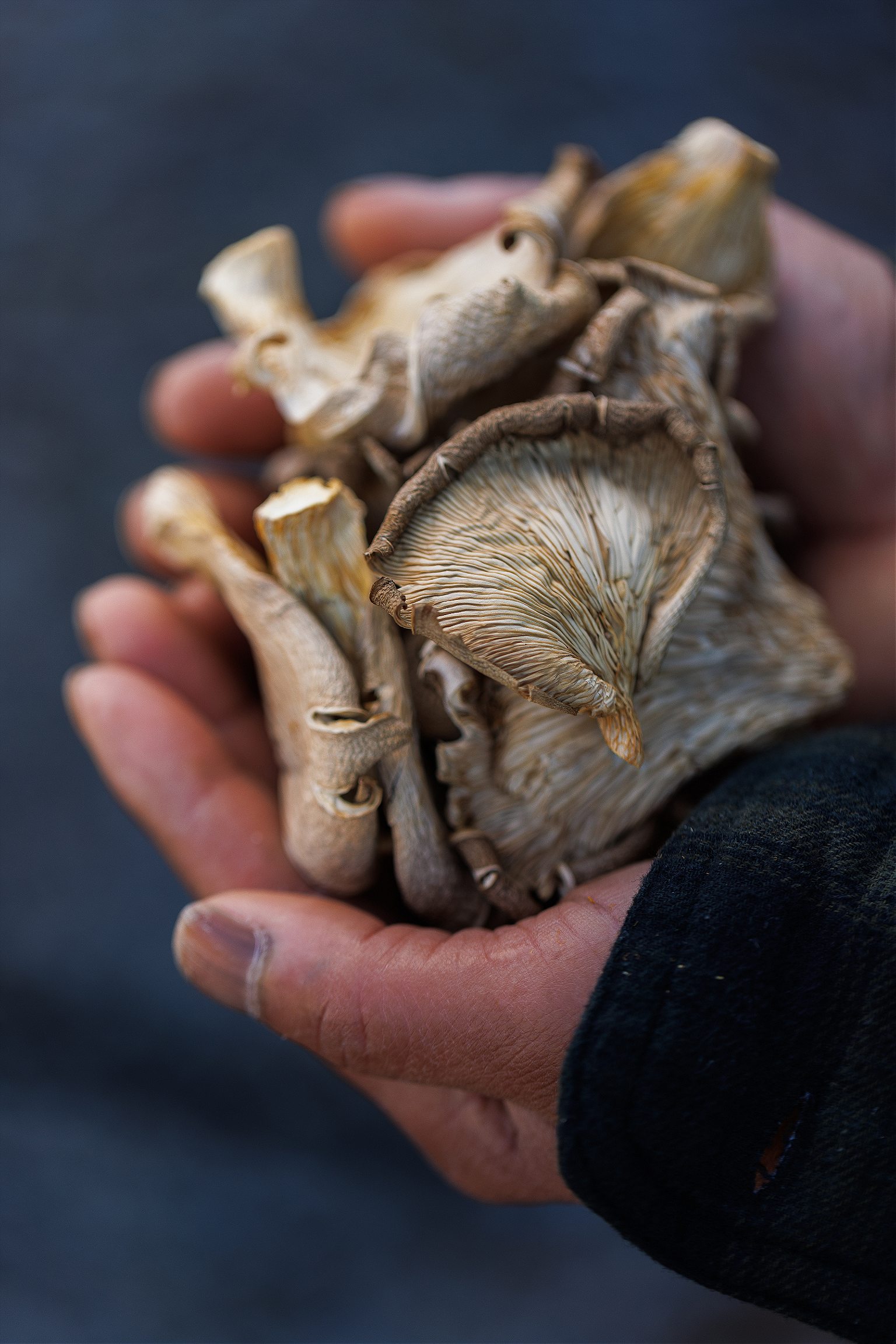

“I didn’t know which way to turn to handle all these bills,” Lim says, recalling spending many desperate nights in tears. Every four to five years, Lim estimates that he shelled out $25,000 per chicken house for updates and requirements.
“Poultry processors contract with individual farmers to tend company-owned birds according to very detailed specifications and directions,” notes the 2013 Pew report. “Each company has unique and frequently changing requirements for barn size, ventilation, watering systems, and other equipment but obligates growers to pay for these costly fixed assets. Under this system, even highly capable and environmentally responsible growers can be constrained by heavy debt.”
Watts, the former poultry farmer turned farmer advocate, knows the deal all too well.
“These CAFOs will absolutely tear the fabric of a community,” says Watts. He cites a reduction in property values as well as the dire effects on the climate and water systems.

“I’ve seen farmers on their knees literally crying from the despair of debt and death inherent in factory farming,” says Garces. Transfarmation, though, is about fostering hope. “One of the most satisfying experiences of my career was seeing the trajectory of Craig Watts: from despair to hope, from wanting to give up—not just on farming but on life—to being a powerful beacon of hope for all farmers,” she says.
Today, Lim’s operation is growing through exciting challenges that light him up, all with the support of Transfarmation.
His four giant, vacant CAFOs each measure 450 feet long by 50 feet wide. For reference, that’s more than 100 feet longer than a FIFA soccer field. With Transfarmation, he is converting one into an educational hub that will consist of an entire farm sectioned off into flowers, vegetables, and hydroponics.
“I feel inspiration. I feel less worry,” says Lim. “I feel like I’m new again—and I have a lot to learn.”